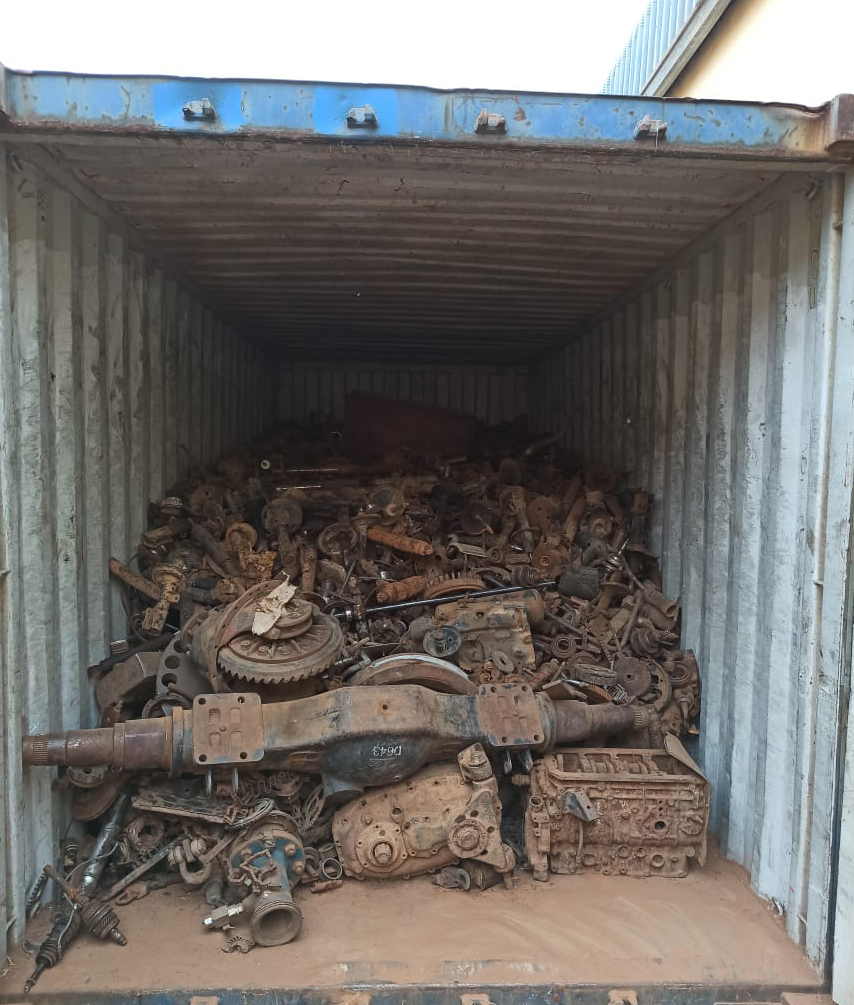Ferrous scrap metal is a key feedstock used in the production of finished steel products and is primarily categorized into plate and structural (“bonus”), heavy melting steel (“HMS”) and shredded scrap, although there are various grades of each category depending on cleanliness, size of individual pieces, and residual alloy content.


Due to the high amounts of carbon used when creating them, most ferrous metals and alloys are vulnerable to rust when exposed to the elements. While this isn’t true of wrought iron, which is so iron pure that it resists oxidization, or stainless steel, which is protected thanks to its high chromium content, it’s a good rule of thumb that if you see rust, it’s a ferrous metal.
Most ferrous metals also have magnetic properties, which makes them very useful in the creation of large motors and electrical appliances. The reason you can tack your child’s artwork to the refrigerator with that magnet with the local pizza place’s phone number on it? Ferrous metal.
Most importantly, ferrous metals make up the most recycled materials in the world. In 2008 alone, 1.3 billion tons of steel were produced, and 500 million tons of that was made from scrap materials. But we’ll get to why that’s important a little later.